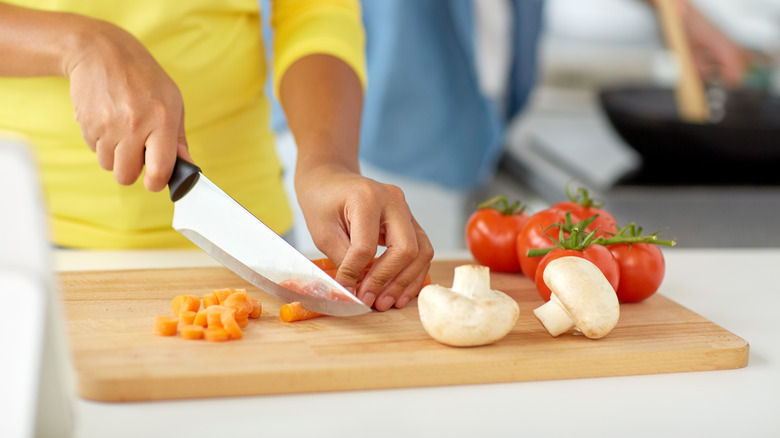How to Clean Crappie with a Fillet Knife: Tips and Techniques
Written By James Morgan
When it comes to preparing a delectable barbecue, few things can match the perfection of a freshly cleaned crappie. For barbecue enthusiasts, knowing how to clean crappie with a fillet knife is an essential skill to master. The art of filleting not only ensures that you get the most out of your catch but also leaves you with pristine fillets that are perfect for grilling.
Cleaning crappie can be a daunting task if you don't know the right technique. However, with a few expert tips, you can easily turn this task into a straightforward process. Whether you're a seasoned angler or just starting, this guide will walk you through the process step-by-step.

Getting Started
Materials Needed
To begin with, you need the right tools. Ensure that you have:
- A sharp fillet knife
- A cutting board
- A pair of fish cleaning gloves
- A bucket of water
Preparation
Before you start cleaning, it's essential to prepare your workspace. Make sure your knife is sharpened properly and your fish is cleaned of any dirt or debris. Wearing gloves can provide extra grip and safety.
The Filleting Process
Step 1: Make the Initial Cut
Place the crappie on your cutting board. Make an incision just behind the gill plate, cutting down until you hit the backbone.
Step 2: Follow the Backbone
Turn your knife blade and run it along the backbone toward the tail. Keep the blade angled slightly upward to maximize the amount of meat you get from the fillet.
Step 3: Remove the Rib Cage
With the fillet partially cut, lift the rib cage and slice around it to remove it from the fillet. Once the rib cage is removed, you should have a clean fillet ready for grilling.

Common Mistakes to Avoid
While filleting crappie might seem straightforward, there are a few common mistakes that beginners make. Avoid these pitfalls to ensure you get the best fillet possible.
Using a Dull Knife
A dull knife can make the filleting process much harder and less efficient. Always ensure that your knife is sharp enough to make clean cuts. For more tips on knife sharpening, click here.
Not Removing the Rib Cage Properly
Failing to remove the rib cage can leave you with a fillet full of bones, which ruins the eating experience. Take your time to make sure you remove all bones for a clean fillet.

Pro Tips for Perfect Fillets
Work Quickly
The faster you work, the fresher your fillets will be. Fish can spoil quickly, so it's essential to work efficiently. This doesn't mean you should rush; just focus on minimizing the time from catch to grill.
Keep it Clean
Cleanliness is crucial when handling fish. Always keep a bucket of water and a towel handy to wipe down your knife and hands regularly. This helps in preventing contamination and maintains the quality of the fillet.
FAQs on Cleaning Crappie with a Fillet Knife
Q1: How do I know if my fillet knife is sharp enough?
A: A sharp knife should easily cut through paper without much force. If you're struggling to make clean cuts, it's time to sharpen your knife.
Q2: Can I use an electric fillet knife?
A: Yes, an electric fillet knife can make the process faster, but it's essential to familiarize yourself with its operation to avoid damaging the fish.
Q3: How long can I store my fillets?
A: Fresh crappie fillets can be stored in the refrigerator for up to two days. For longer storage, consider freezing them.
As an Amazon Associate, I earn from qualifying purchases.



